We became familiar with Charlie and his work through our friend, David Pocock who has roots in farming and a passion for spreading the effectiveness of regenerative agriculture as a beacon of hope in our current climate crisis.
Charlie was kind enough to give us a farm tour and to share his knowledge and experience as a regenerative farmer. Not only is Charlie Australia’s most stylish and handsome farmer, but he’s also a prominent voice for the regenerative agriculture movement. Known for his off-the-cuff vlogs and extensive red scarf collection; he offers insight into the life of a regenerative farmer on his farm, Hanammino. Charlie’s a busy man, with a couple of kids, herds of cattle and rolling hills to manage, he also runs Biodynamic farming seminars for all levels of learning, you can find locations and dates here. Still, Charlie gave us his time and was determined to fit in all he could in a day.
Before heading to Hanammino, we met Charlie at the cattle sale yards in Yass, where he’d made the hard choice of putting all of his calves up for sale. The drought has forced Charlie to destock to 10% of his usual head of cattle. The calves were younger than Charlie would have liked before being sold, and were stressed from being separated from their mothers, but for the health of the soil and the remaining animals at Hanaminno, it was a choice that needed to be made.

Arriving at the farm, we ducked inside for some lunch and were struck by the beauty of the farmhouse, which Charlie grew up in as a child. Charlie attributes the space to his wife’s keen eye for design

Over lunch, Charlie shared his passion for biodynamic farming and the effects they've seen since implementing biodynamic practices, effects such as a significant reduction in calving rates of death and there no longer being a need to 'drench' cattle; a chemical control for parasites.
 After lunch, we took off on foot where charlie showed us some of the fertilisers and composts they make on the farm. Making their own means buying less, and with the lower cost of inputs, a farmer saves the bank and is less reliant on getting a fixed 'outcome' from their cattle, meaning they have more flexibility to stock or de-stock depending on the climate and feed available.
After lunch, we took off on foot where charlie showed us some of the fertilisers and composts they make on the farm. Making their own means buying less, and with the lower cost of inputs, a farmer saves the bank and is less reliant on getting a fixed 'outcome' from their cattle, meaning they have more flexibility to stock or de-stock depending on the climate and feed available.
 A cow horn, besides being a good decoration, are used as a vessel for the composting tradition called ‘preparation 500’ where horns are stuffed with manure and buried for 4 -6 months. The final result is a nutrient-rich compost which is diluted through water and sprayed over acreage.
A cow horn, besides being a good decoration, are used as a vessel for the composting tradition called ‘preparation 500’ where horns are stuffed with manure and buried for 4 -6 months. The final result is a nutrient-rich compost which is diluted through water and sprayed over acreage.
 Jumping in the Cruizer, Charlie took us round a paddock that he'd been resting for the last several months, filling the trough's and checking the fence lines, he declared it ready for his cows.
Jumping in the Cruizer, Charlie took us round a paddock that he'd been resting for the last several months, filling the trough's and checking the fence lines, he declared it ready for his cows.





Once out, the girls kept a steady pace, circling the entire paddock before putting their heads down to eat.

The clouds deepened from grey to dark blue as our evening came to a close. Charlie had given us his entire day and whilst being remarkably generous, it dawned on me that this came easily to Charlie. His passion and pride in his work are a healthy reminder that they go hand in hand with doing the right thing.
Setting up for the last photo of the day, the rain started to fall.
A good omen for things to come.
 Thanks again, Charlie
Thanks again, Charlie
Rory, Luke, Matt and Tom
Leave a comment
Comments will be approved before showing up.
Also in Regenerative Agriculture

IT STARTS WITH SOIL





